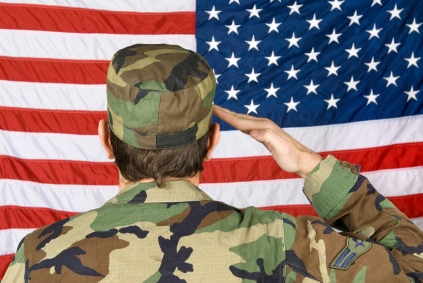Teddy Roosevelt once said “Do what you can where you are with what you have,” yet in these hard economic times, basic necessities that are integral to a basic standard of living have become a struggle for many to financially maintain. Rent, groceries, medical expenses, and even cell phone bills are becoming a burden for far to many. And while there are many creative ways to save a few dollars, it can still be a challenge for low-income families to make ends meet. However, not all hope is lost. Government subsidized cell phones from SafeLink and their Lifeline program, provide options for those who cannot monetarily get this basic need met.
SafeLink, along with their Lifeline service, is a branch of the Tracefone Company, and is completely subsidized by the US Government for individuals that meet the low-income criteria. Subsidization essentially means that it (in this case the cell phone) is a subsidy that is used to assist or support an effort or need. The Lifeline program has been implemented to, according to SafeLink’s website, “enable qualifying customers to receive discounts on monthly telephone service. In their version of the program, individuals will receive free cellular service, a free SafeLink Wireless cell phone and the assurance that they will get no bills and no contracts.” While there are many specific parameters as to the amount of free minutes one is allotted with this particular phone, as well as additional roaming and long-distance fees, SafeLink’s free pone is an incredible resource for those who cannot afford this expense on their own.
FactCheck.org provides detailed information about the intricate and often misunderstood detail of phone service discount providers such as SafeLink, and is a helpful resource to clearing up the unclear boundaries of this program. They state that since 1996, the Telecommunications Act was implemented to “ensure all Americans, including low-income consumers and those who live in rural, insular, high cost areas, shall have affordable service and [to] help to connect eligible schools, libraries, and rural health care providers to the global telecommunications network.” Yet it wasn’t until 2008 that many cell phone distribution programs like SafeLink were developed to assist those in need of financial help to acquire this particular need.
SafeLink is an established company that has sought to truly help those in need of cell phones. And while it sounds to good to be true, for one to qualify for this service, they simply must fall below their given state’s poverty guidelines and, only acquire one phone per household. One must also undergo an application process to prove that they meet these guidelines. Once someone is approved, SafeLink’s Lifeline program is, in theory, relatively attainable for those who qualify. While Safelink works to provide this resource to those who are financially struggling, one would hope that individuals using this program maintain integrity to keep the longevity of this service for future low-income families. In an article published on this topic by Dave Wontek to Ezine, he states that unfortunately“…Programs like this have been abused at times, and customers who could really do with a free phone are unable to get one.” This statement, while unfortunate, is true to so many governmental programs that are set up to aid those who are unable to afford basic tools that improve the quality of their lives.
So the question become this: How does one truly monitor weather or not this type of aid is being used for good and for its purpose, rather than for something other than what it is intended for? This is a grey area for anyone who has experience understanding the nature of Government supported aid programs, yet it is important to ebb on the positives that SafeLink Provides, rather than the potential negative aspects of phone service discount programs for lower-income families. With the rapidly increasing rate at which this technology dependent culture requires us to be connected to our cell phones, it can become a huge disadvantage for low-income families who are struggling to get their basic need met to find jobs, support, and community if they do not have access to a cell phone. In 2008 many cell phone distribution programs like SafeLink were developed to assist individuals in need of financial help to acquire this particular need. Because technology and communication is so important to our day-to-day lives, it is integral that, although complicated at times, these types of programs are supported and not discouraged by misconstrued facts. There are many stressors that influence the 21st century individual.
Often times it feels as if the world would stop in its orbit if we lived in a world without readily accessible communication. Luckily, with many phone service discount programs like SafeLink, stressors that hinder accessibility to communication do not necessarily need to be a factor in day-to-day life.

 Our forefathers majestically watch over our country. Helping the the underdog is what our country and what our forefathers wanted to establish in this nation. “Give me your tired, your poor…” the wise words of Lady Liberty ring through or nation just as the wisdom of our forefathers watches over us.
Our forefathers majestically watch over our country. Helping the the underdog is what our country and what our forefathers wanted to establish in this nation. “Give me your tired, your poor…” the wise words of Lady Liberty ring through or nation just as the wisdom of our forefathers watches over us.